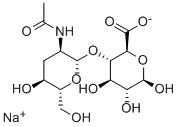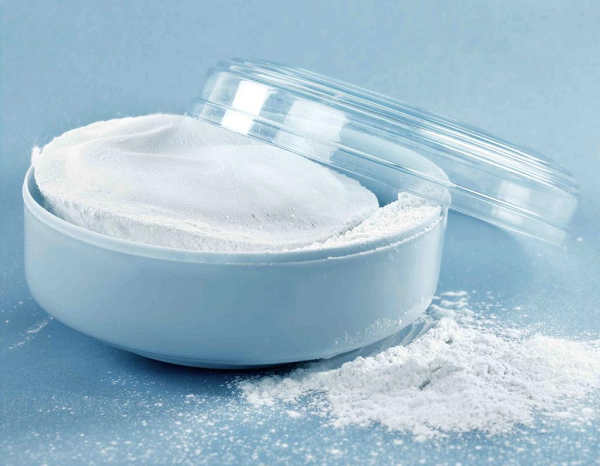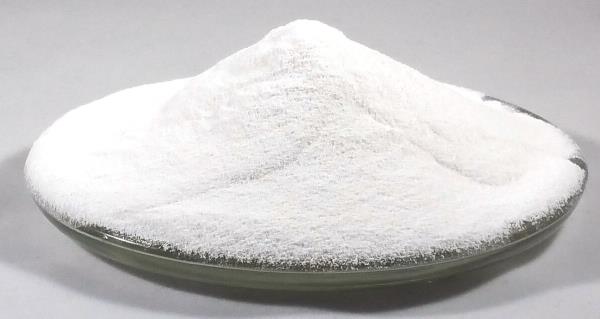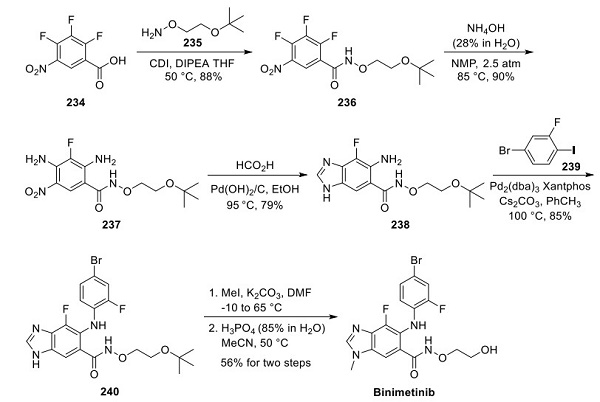What is Sodium hyaluronate used for?
Introduction of Sodium hyaluronate
Sodium hyaluronate (NaHA) is a derivative of hyaluronic acid. It has a wide range of uses in medicine, skin care and cosmetics. The FDA has approved sodium hyaluronate for use as a dermal filler, in order to reduce the appearance of fine lines and wrinkles. It is also used for the treatment of arthritis, post-operative adhesions, eye ulcers and wounds. In addition, it is commonly added to contact lens related products for improved wearing comfort.
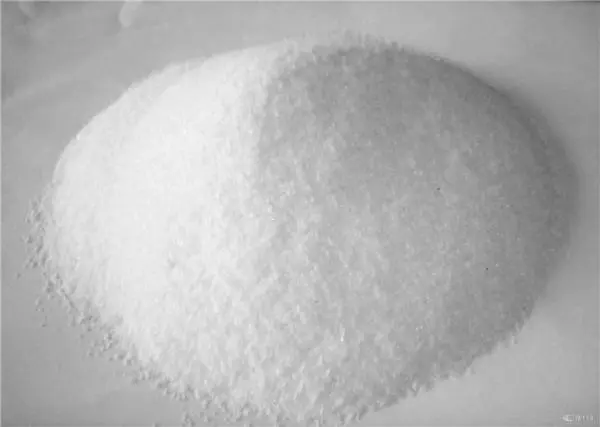
Knee osteoarthritis (KOA)
In Western medical treatment, sodium hyaluronate injection has a long clinical history of application as a treatment of Knee osteoarthritis (KOA). Sodium hyaluronate can stimulate chondrocytes to synthesize proteoglycan and inhibit the synthesis of matrix metalloproteinase, so that it can curb the destruction and apoptosis of KOA chondrocytes to improve joint function. It is the leading means of Western medicine at present.
Contact lenses and hyaluronic acid
Sodium hyaluronate (NaHA) is generally supplemented in products related tocontact lenses for increasing comfort during wearing. The quantity of sodium hyaluronate and the materialof lenses affect the retention of sodium hyaluronate on the contact lenses. We developed a convenient and sensitive but unconventional chromatographic method toquantify sodium hyaluronate and analyze its release behavior from contact lenses. The reverse-phasechromatography eluted sodium hyaluronate with high molecular masses in the shortest time and couldseparate salt and small compounds from sodium hyaluronate. This method could accurately quantify sodium hyaluronate with diverse molecular sizes.
Becausesodium hyaluronate was eluted in a narrow time frame, sensitivity was significantly enhanced,and the limit of detection of this method was 0.45 μg/mL. According to this quantitation method, theattached quantity of sodium hyaluronate is related to the water content of the material. Furthermore, amaterial test indicated that the release efficiency of sodium hyaluronate depends on the material oflenses. Nonionic Polymacon had a longer half-life in the sodium hyaluronate release curve than negativeMethafilcon A and silicone hydrogel. This hyaluronate quantification method is a fast, sensitive and accurate method, making itsuitable for the in vitro hyaluronate research without further derivatization.
Side Effects
After intra-articular injection, sodium hyaluronate can cause hemarthrosis, increased joint effusion volume, and possibly phlebitis. Other adverse reactions are joint pain, septic arthritis, acute pseudogout, and anaphylaxis. Adverse events of this route of administration reportedly occur in 2–4% of patients.
References:
[1] QINGLIN WU, Zhifu L, Zuqing Wu. Efficacy of acupotomy combined with sodium hyaluronate versus sodium hyaluronate alone in the treatment of knee osteoarthritis: A meta-analysis.[J]. Medicine, 2023, 102 37: e34930. DOI:10.1097/MD.0000000000034930.
[2] WAN-HSIN CHANG. A Sensitive Chromatographic Method for Hyaluronate Quantification Applied to Analyze the Desorption Behavior on Contact Lenses[J]. Current Pharmaceutical Analysis, 2020, 16 1: 782-791. DOI:10.2174/1573412915666190304142952.
Related articles And Qustion
See also
Lastest Price from Sodium hyaluronate manufacturers
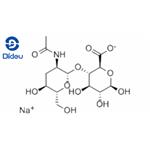
US $0.00-0.00/KG2025-12-05
- CAS:
- 9067-32-7
- Min. Order:
- 1KG
- Purity:
- 98
- Supply Ability:
- 10000KGS

US $0.00-0.00/KG2025-09-12
- CAS:
- 9067-32-7
- Min. Order:
- 1KG
- Purity:
- 98%
- Supply Ability:
- 1MT
